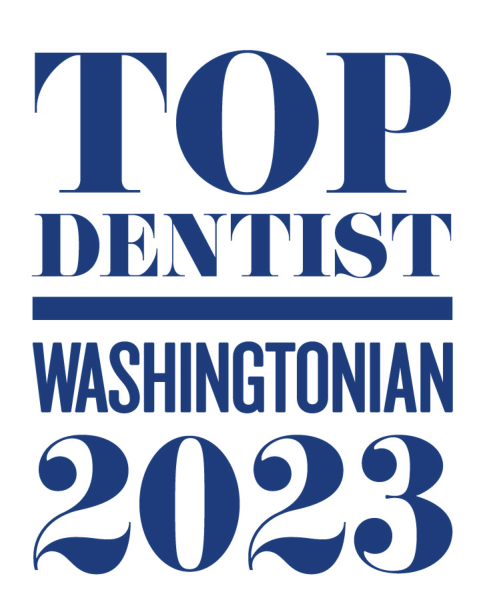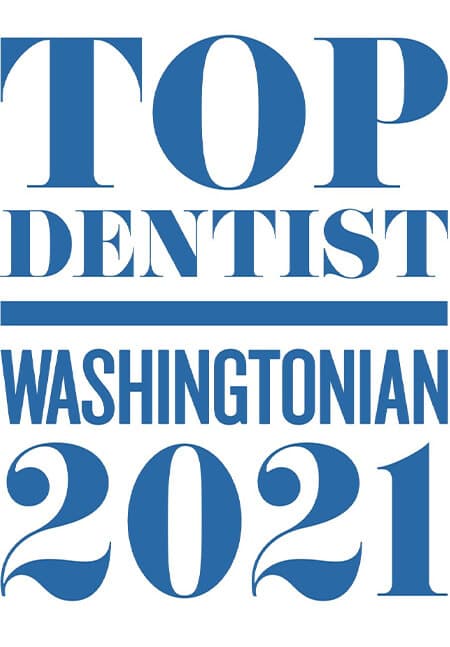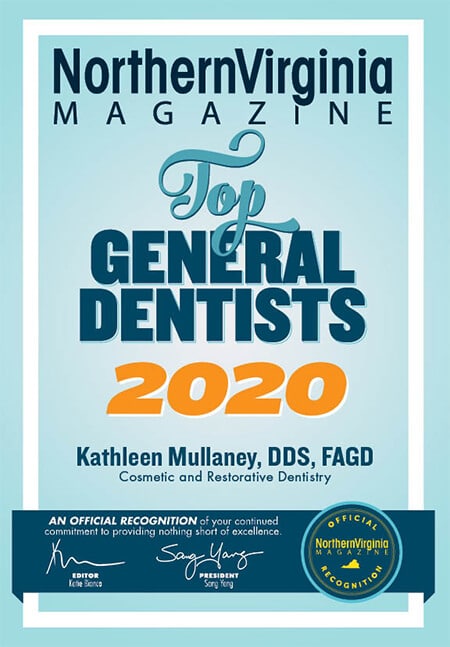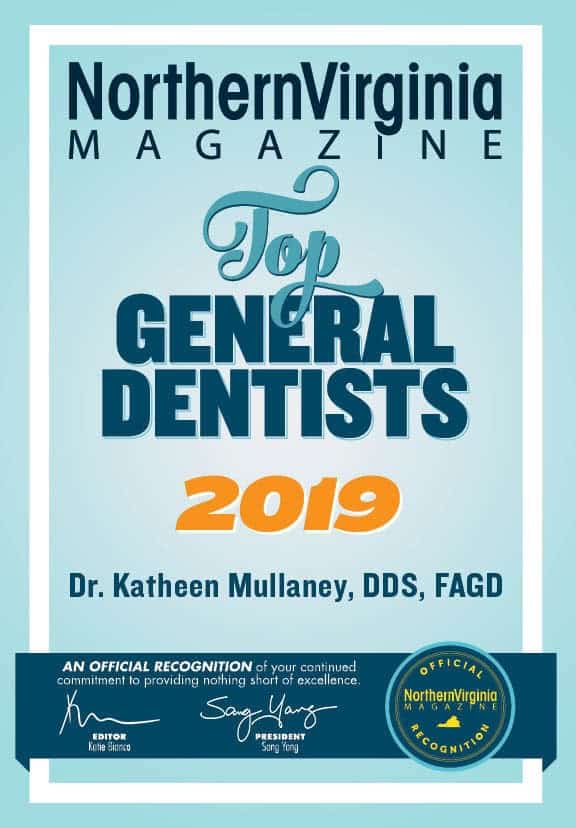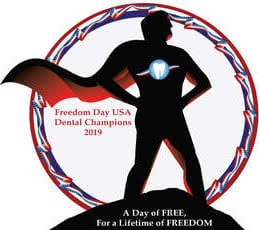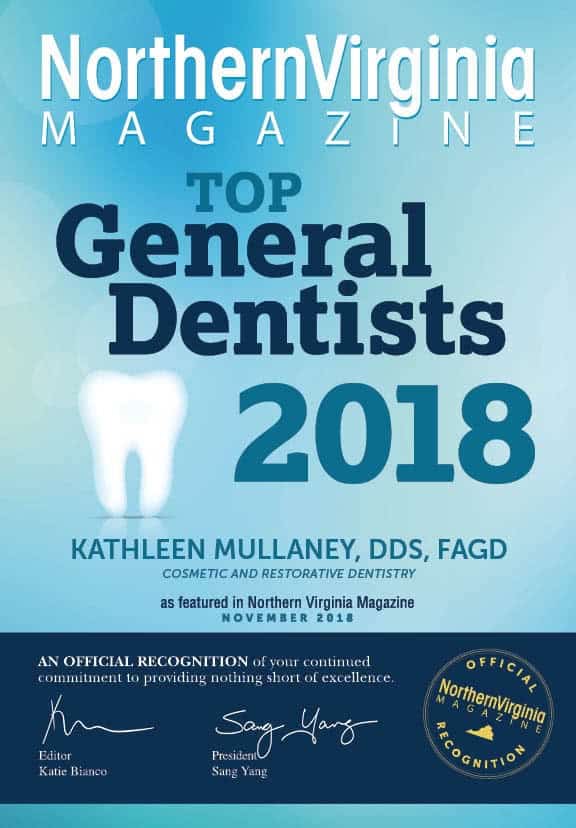Invisalign® vs. Braces: Which Is Better?
Are you dreaming of a straighter smile? If you’re unsure which orthodontic option is right for you, Invisalign® vs. braces, we dive into the age-old debate here. Keep reading to find out their pros and cons and how to choose the best treatment for your needs.
What Are the Differences Between Invisalign® and Braces?
- Appearance
- Comfort
- Treatment Duration
- Convenience
- Oral Hygiene
- Compliance and Responsibility
Invisalign: One of the main advantages of Invisalign® over braces is that it’s less noticeable. Invisalign® consists of a series of clear aligners that fit snugly over your teeth. They’re virtually invisible, even from close distances.
Braces: On the other hand, braces involve metal brackets and wires, making them pretty distinct. That said, there are options to make braces less obvious, including clear or tooth-colored brackets or lingual braces placed behind your teeth.
Bottom Line: If discreteness is your priority, Invisalign® may be the preferred choice.
Invisalign: Another benefit of Invisalign® is it’s more comfortable than braces. Clear aligners are smooth and won’t irritate your gums or cheeks. You also won’t need any adjustments from your dentist or orthodontist.
Braces: Traditional braces can cause pain and discomfort, especially in the first weeks of treatment and after each adjustment. The brackets and wires can also rub against your mouth and cause sores. As a result, you may need wax or other products to protect against the metal parts.
Bottom Line: Invisalign® is generally more comfortable than braces, but it depends on your individual case and preference.
Invisalign: Invisalign® is often faster than braces, especially for mild to moderate cases of malocclusion. Treatment takes about 7-18 months on average. However, if you don’t wear your trays for 20-22 hours a day, your teeth can begin to shift, adding to the overall treatment time.
Braces: Metal braces usually take 18 to 24 months for more complex cases. Braces focus on specific teeth at each adjustment, while Invisalign® aligns all the teeth simultaneously.
Bottom Line: The time it takes to straighten your teeth with Invisalign® or braces depends on how much correction they need and how well you follow your dentist’s instructions. Keep in mind the numbers above are just estimates and may vary from person to person.
Invisalign: Invisalign® aligners are removable, which means you can take them out when you eat, drink, brush, or floss. This makes it easier to maintain oral hygiene and enjoy your favorite foods without restrictions.
Braces: Braces are fixed to your teeth and require more care and attention. You should avoid certain foods that can damage or get in your braces, including anything hard, sticky, or chewy. You’ll also need to brush and floss more carefully around the brackets and wires.
Bottom Line: In terms of convenience, Invisalign® has some clear advantages over braces. However, remember not to eat or drink anything (besides water) while wearing aligners.
Invisalign: Believe it or not, hygiene is super important when choosing between Invisalign® and braces. Invisalign® lets you keep your normal oral health routine without any interference from the aligners. You just have to clean them separately with a soft toothbrush and water or a special cleaning solution provided by your dentist.
Braces: Braces require more effort and diligence to keep your teeth and gums healthy. You have to use special tools such as interdental brushes or floss threaders to clean between the brackets and wires. As mentioned, you must also see your dentist or orthodontist regularly for check-ups and adjustments.
Bottom Line: According to studies, patients who use Invisalign® tend to have fewer cavities and problems overall than those with braces.
Invisalign: Those with Invisalign® will typically see the dentist at least once every six weeks to monitor their progress. You’ll replace your trays with a slightly different set every one to two weeks.
Braces: Follow-up visits for braces are typically more frequent and require more chair time. These appointments generally involve adjustments and wire tightenings.
Bottom Line: While clear aligners mean fewer dentist visits, Invisalign® requires more responsibility and compliance than braces. You must wear your aligners for 20-22 hours daily, which can be challenging for some people. Braces are fixed appliances, so they require less patient compliance.
Should I Get Invisalign® or Braces?
Ultimately, the choice comes down to your needs and preferences. If you want a discreet and comfortable option, Invisalign® may be better. On the other hand, if you have severe orthodontic problems, traditional braces might be the way to go.
No matter what, talk to your dentist or orthodontist. They can assess your needs and recommend the best course of treatment for you.
Contact Our Experienced Alexandria Dentist Today!
If you’re seeking a dental practice that offers comprehensive, personalized, and compassionate care, look no further than Dr. Kathleen Mullaney, DDS. Our experienced professionals are dedicated to helping you achieve your health goals.
Whether you need a routine cleaning or a cosmetic makeover, we have the skills and technology to provide you with the best possible results! Call 240-532-3335 or contact us today to schedule an appointment.
Author Bio: Dr. Kathleen Mullaney offers general and cosmetic dentistry services in Alexandria, VA. She earned her doctorate in dental surgery from the Medical College of Virginia (MCV) and proudly served as a United States Navy dentist before opening her practice. With over 25 years of experience, Dr. Mullaney is delighted to be one of Old Town’s most respected and sought-after dentists! Call 240-532-3335 to schedule an appointment.

